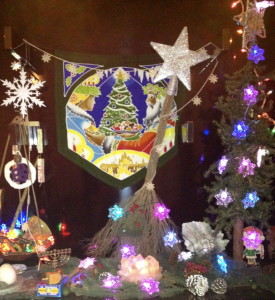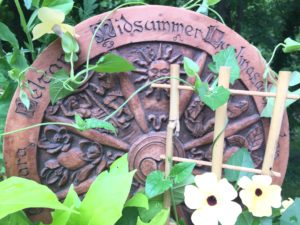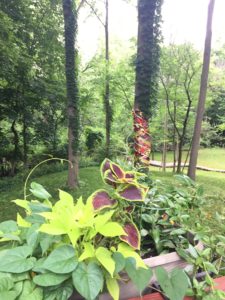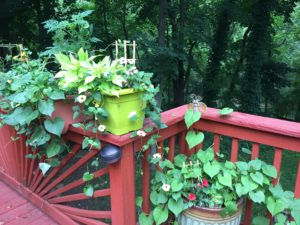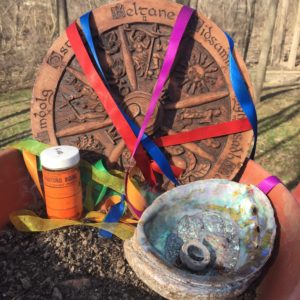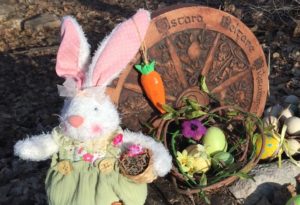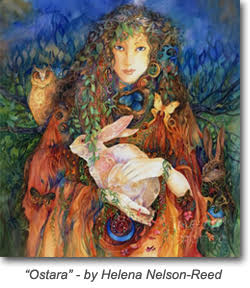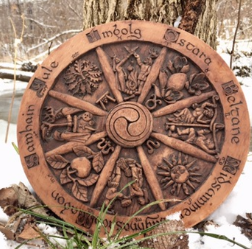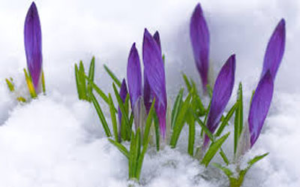Dear Sid,
You are off to the Summerland, and I find myself using all the things I’ve learned from you to grieve the loss.
I check in with my body to locate the grief. It is in my heart, and not as heavy as I imagined because the torch that you lit from your own is there as well.
I ask my three-day headache what it has to say, and it answers, “big shoes to fill and my feet are so sad.”
I note my ever-present self-talk, how easily the either/or creeps in, and I bring the word ‘and’ to the table. This word ‘and’ – I got it from you, so so long ago. It is the foundation of my love for venn-diagrams as the perfect teaching tool, something I’m now known for but really belongs to you.
As I create my fall syllabi and courses, I’m making room for the first person “I” in papers because (everyone say it aloud with me here….) ‘the academic IS personal’.
A client brings a dream, and I invite her to ‘be’ the various parts, to give voice to the grandfather clock, the rubber boots, the crying blue-jay.
I re-configure the two-chair method for the virtual screen and repeat “you’re being awfully hard on yourself” when I see the top-dog trying to bully the underdog.
This last week, just to feel close to you, I used one of my favorite teachings of yours with every single client – the one where you taught us that the end of any sentence a client speaks contains an arrow pointing to where to go next. It still works.
In the first semester of my MA program at The Center for Humanistic Studies, I met you at a ‘special topics’ on gestalt dream work, where I naively shared a dream involving Alice (of Wonderland) and a parade. Sounds innocent enough, but we all know what happened in about 8 minutes flat.
After graduation I had some of the best therapy of my life with you – a boot camp of self-compassion and integration.
After that, we kept in touch and had breakfast one day (Village Grill on Orchard Lk Rd) and you mentioned hoping I would return to CHS for my PsyD. You said “I’m going to retire eventually, and I’d like to know I’m leaving good clinicians behind”. I’m pretty sure I decided to go in that very moment, which granted me….
….four more years of doctoral studies with you!! So many classes!! There was one where you told me you didn’t think I was operating on the most current version of myself, (now there’s a therapy nugget I’ve used with myself and others more than once). When you referred a client to me while I was still a student, I remember absolutely panicking –‘who does he think I am?!?’… It turned out to be a great fit, a great piece of therapy, because it turned out you saw the most current version of me even when I didn’t.
Somewhere in there you and Kay came to my wedding, and you taught my husband how to do the hustle! Just one more way that you live on in the hearts of your students.
My fondest memories will be those where I guest lectured for you… you guest lectured for me… the gradual role reversal as you did less and I did more… the pride and love I felt every single time you came to class and made magic. Did you know that Blackstock and I had a running tab of how long it took for your demonstrations to ‘get real’ with a student? Did you know I kept orange juice for you in my office in case your blood sugar dropped? You were the first person I saw at my 50th birthday surprise, I was so overwhelmed I simply hugged you. Having you in my home was so sweet.
I was going to post something about how the world has lost a bright light, but upon closer inspection I have decided that’s not true. I know how many of your students carry you in their hearts and work, I know how we professors are sharing your wisdom with the next generations.
There is plenty of Sid-light shining. But we all have lost a teacher, mentor and friend, so we’re going to be sad for a little while. Don’t worry, we’ll be sure to locate it in our bodies and ask it what it wants to say. I love you Sid. Thanks for everything.
Dr. Sid Berkowitz – Professor, mentor and friend.

































